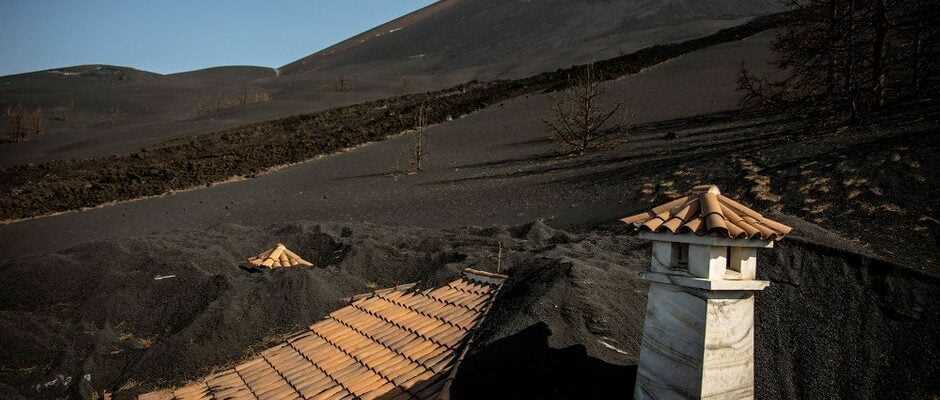On the island of La Palma, the Cumbre Vieja volcano has been dormant for almost two months. But still many houses under the ashes.
“It’s like a plain” of volcanic ash, “another world”, sighed in early January Félix Rodríguez, a 61-year-old mason, sweeping the black sand accumulated on the roof of his house to make it fall on his terrace below. . Nearly two months after the end of the eruption of the Cumbre Vieja volcano, on the island of La Palma, the situation is still just as catastrophic. The volcano is in lethargy, its torrents of lava are black, congealed, hardened, and a layer of black sand has settled like a veil over the place. It will take years, even a decade to clean up, clear away, rebuild and reclaim this disfigured land.
Nearly 7,000 people were driven from their homes by the eruption. More than a thousand were able to return there. But many others are still stuck. Because, to the ashes which obstruct doors and paths are added the lack of running water and the destruction of a road in the Aridane valley, which forces residents to go around the island – that is nearly two hours – for journeys that once took five minutes.
To read :The first images of the craters of the Cumbre Vieja volcano after its eruption
The Cumbre Vieja eruption, which began on September 19, was declared officially over on December 25, after 10 days of inactivity. The lava destroyed more than 1,300 houses and covered 1,250 hectares of land, including plantations of bananas, avocados and vineyards. It was the longest eruption that the island has known: started on September 19, it was the first for 50 years, after those of the San Juan volcano in 1949 and Teneguia in 1971.
Any reproduction prohibited
